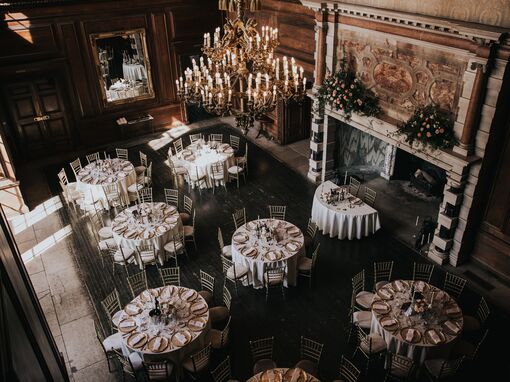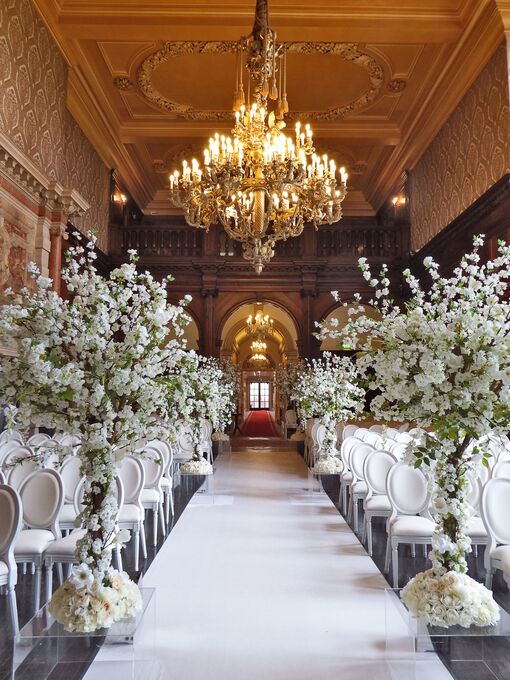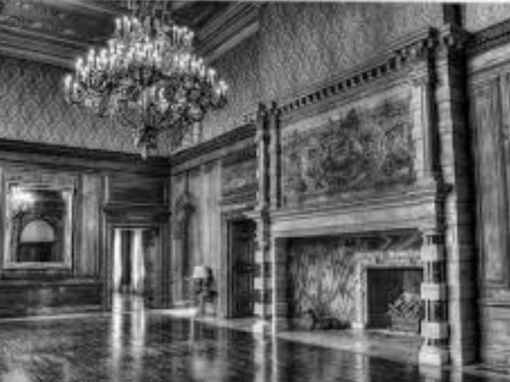
Ewelina & Omar
Ewelina & Omar
Addington Palace 🇬🇧🇵🇱

🇬🇧 THE HISTORY OF ADDINGTON PALACE
With a past that predates the Doomsday Book, a superb 163 acre landscaped Estate and an Award Winning Hospitality Venue, Addington Palace is surely one of England’s best kept secrets.
Step back into their fascinating history…
On the grounds on which Addington Palace was built King Henry VIII held clandestine meetings with Anne Boleyn in his hunting lodge.
The history of Addington Palace begins with a Manor House, which was there before the Norman Conquest. However, the Palace really came to prominence in 1771 when Barlow Trecothick, an Alderman of the City of London, began planning his new country mansion – a spectacular Palladian-style residence with two main storeys incorporating single-story wings and pavilions.
By 1807, the beautiful mansion and estate had become the exclusive country retreat for the Archbishop of Canterbury. It was used by no less than six Archbishops – five of whom are buried at St. Mary’s Church in Addington Village.
The landscaping of the 163 acre gardens was designed and developed by the renowned Capability Brown, much of which is still as he planned it. In the years that followed, the Palace was sympathetically enhanced by the architect Richard Norman Shaw who added many fine features including the Great Hall.
In more recent times the Palace served as a Red Cross Building in the First World War, in the mid 1920’s it became the Golf Course Club House and then for 43 years it was the home of the Royal School of Church Music.
For the past twenty years the Palace has run as a prestigious Hospitality and Wedding Venue, becoming synonymous with luxury, elegance, and style.

For more interesting facts about the palace please visit the website link below where you can explore more on their history and key dates to the Palace such as July 2002 – When Addington Palace hosted a banquet for the auspicious Golden Jubilee Celebrations for HM The Queen and HRH Prince Philip.
History of Our Surrey Wedding Venue | Addington Palace (addington-palace.co.uk)

🇵🇱 HISTORIA PAŁACU ADDINGTON
Z przeszłością poprzedzającą Księgę Dnia Sądu, wspaniałą posiadłością o powierzchni 163 akrów i wielokrotnie nagradzanym obiektem gościnnym, Pałac Addington jest z pewnością jedną z najlepiej strzeżonych tajemnic Anglii.
Cofnij się do ich fascynującej historii…
Na terenie, na którym zbudowano Pałac Addington, król Henryk VIII odbywał w swoim domku myśliwskim tajne spotkania z Anną Boleyn.
Historia Pałacu Addington rozpoczyna się od dworu, który znajdował się tam przed podbojem Normanów. Jednak pałac naprawdę zyskał na znaczeniu w 1771 roku, kiedy Barlow Trecothick, radny londyńskiego City, zaczął planować swoją nową wiejską rezydencję – spektakularną rezydencję w stylu palladiańskim z dwiema głównymi kondygnacjami obejmującymi parterowe skrzydła i pawilony.
W 1807 roku piękna rezydencja i posiadłość stały się ekskluzywnym wiejskim schronieniem arcybiskupa Canterbury. Używało go nie mniej niż sześciu arcybiskupów – z których pięciu jest pochowanych w kościele Mariackim w Addington Village.
Architektura krajobrazu ogrodów o powierzchni 163 akrów została zaprojektowana i opracowana przez znanego Capability Browna, z których większość zachowała się tak, jak to zaplanował. W następnych latach pałac został z uprzejmą prośbą udoskonalony przez architekta Richarda Normana Shawa, który dodał wiele wspaniałych elementów, w tym Wielką Salę.
W ostatnich czasach Pałac służył jako budynek Czerwonego Krzyża podczas I wojny światowej, w połowie lat dwudziestych XX wieku stał się siedzibą klubu golfowego, a następnie przez 43 lata był siedzibą Królewskiej Szkoły Muzyki Kościelnej.
Pałac od dwudziestu lat funkcjonuje jako prestiżowy Obiekt Gościnno-Weselny, stając się synonimem luksusu, elegancji i stylu.